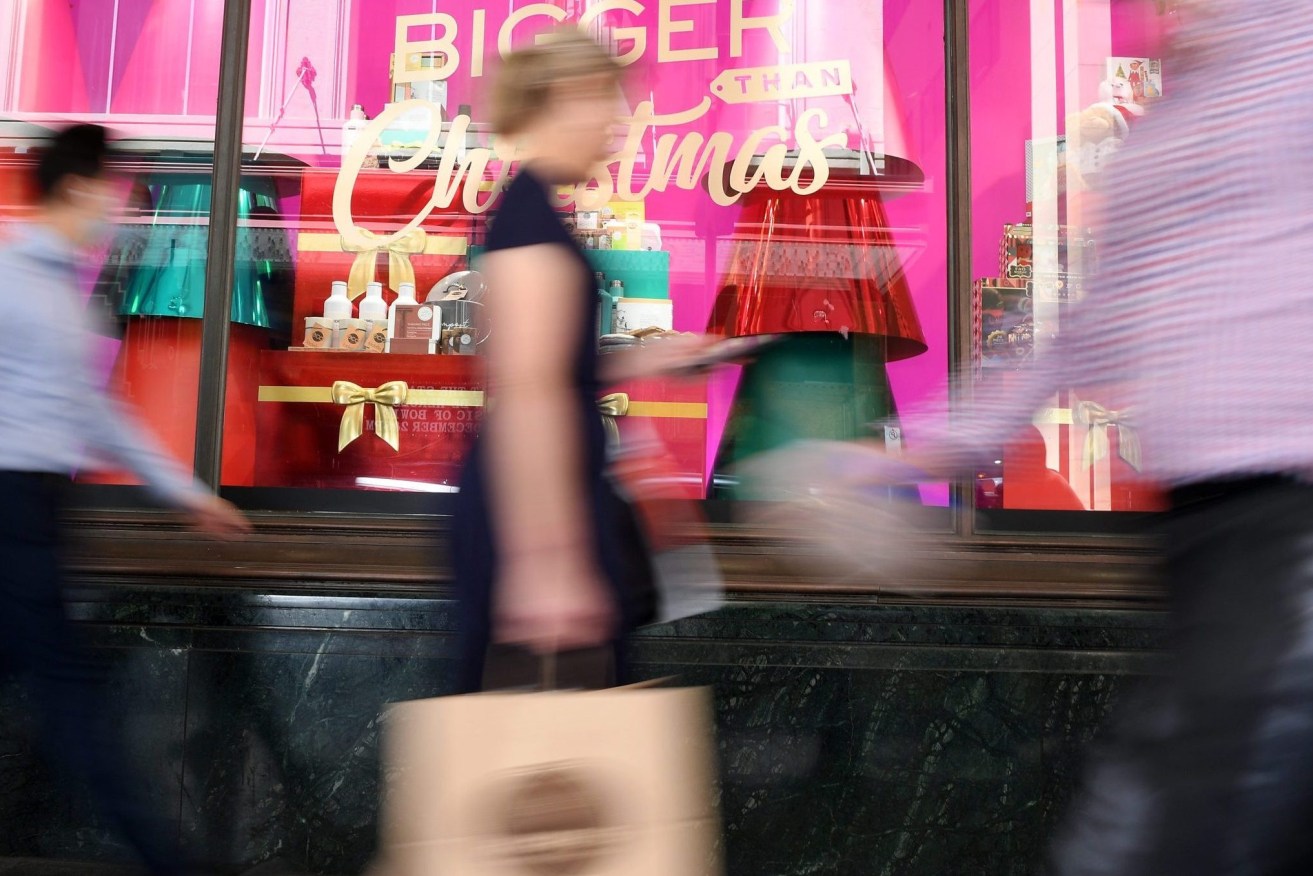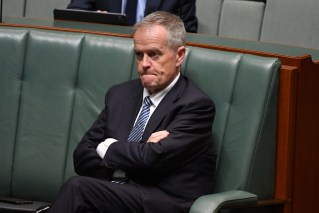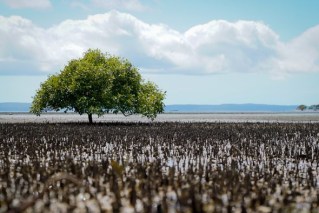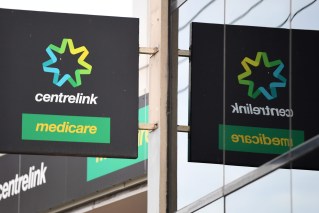How the revenge spending shopping spree may hit home loans
Shoppers and diners, particularly in Queensland, are proving to be a hardy bunch and that could mean big problems for home owners.


Discretionary spending is drying up (Photo: AAP Image/Dan Himbrechts)
It could be down to what economists call revenge spending, which occurred when the lockdowns and restrictions ended and people were allowed to go back to the shops and restaurants.
But that was never really the case in Queensland and yet the state has shown remarkable resilience to lead the nation in sales volumes in the June quarter.
Nationally, retail sales hit a record level in the quarter with a rise of 1.4 per cent and that’s without including international travel.
Dining and takeaway volumes grew 8.6 per cent for the quarter and department store sales were up by 3 per cent. Both also had a strong March quarter and ANZ economists said the figures cast doubt on whether the squeeze on discretionary spending was actually occurring yet.
“The top three retail industries in the June quarter were all hit hard during lockdowns. Since the end of the Delta lockdowns, they have all continued to recover quickly, as they have returned to more usual trading conditions,” ABS head of retail statistics Ben Dorber said.
Other retailing sales volumes rose for the eighth consecutive quarter, up 1.2 per cent in June.
Sales volumes fell in two industries, with household goods and food retailing.
“Cost of living pressures and increasing interest rates appear to be weighing more on sales volumes for household goods retailing, the industry where most high-priced discretionary items are sold,” Dorber said.
“There was underlying strength in volumes across the country with rises in six of the states and territories. Queensland had the largest rise, up 2.4 per cent in volume terms, followed by Tasmania (2.0 per cent), Western Australia (1.3 per cent), South Australia (1.3 per cent), Victoria (1.2 per cent) and New South Wales (1.1 per cent).
ANZ said a slowdown was inevitable but the strong job market and strong savings built up over the pandemic were reducing the negative impacts of inflation and rising interest rates.
It was exactly this behaviour that has been troubling the Reserve Bank and which it has promised to watch closely despite the four rate hikes in four months that it introduced in an attempt to curb spending and reduce inflation.
Beyond the June quarter figures the banks have reported that spending in July “has not fallen off a cliff”.












